Five Questions for Ellyn Enderlin
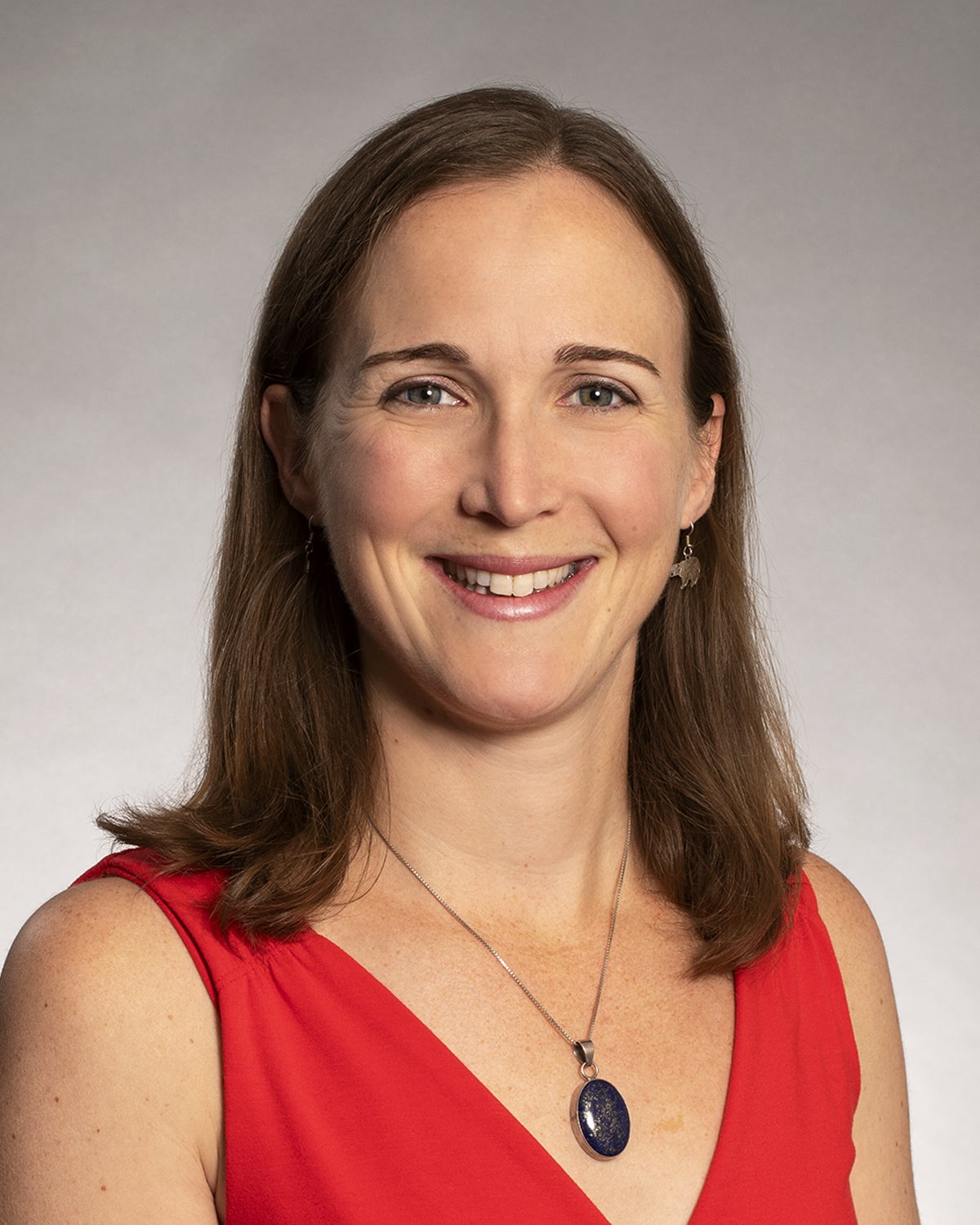
“Five Questions” is a new feature at The Blue Review. We ask scholars, activists, and public officials five short questions about their work (and other things). Here, Ellyn Enderlin, assistant professor in the Geoscience Department at Boise State University, tells us about glaciology.
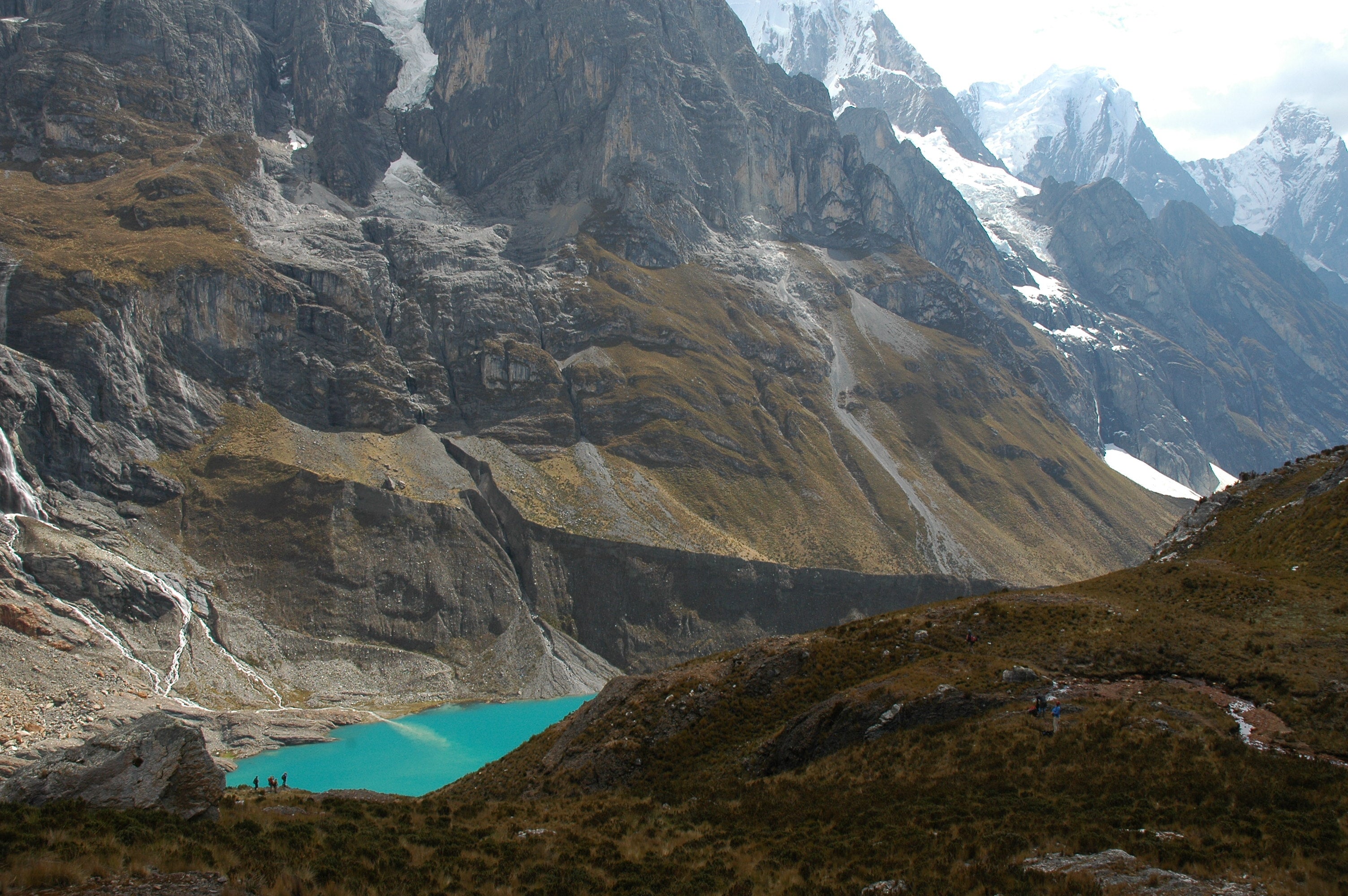
Glaciers high in the Andes Mountains in Peru. The lake in the photo is teal as a result of the glacier sediment that is suspended in it. A large sediment ridge that was deposited when the glacier was much larger, called a glacial moraine, dams the water running off the glacier. Note the people overlooking the lake for a sense of scale.
You’re a glaciologist. Can you explain to someone who is not an expert what that means?
The simplest answer is that I study glaciers! More specifically, my research focuses on understanding why masses of ice that form on land are shrinking at variable rates in response to climate change. These ice masses include glaciers, ice caps, and ice sheets. The only different between these three are their size: glaciers are the smallest, ice caps are in the middle, and ice sheets are continent-sized masses of ice. All of these form due to the gradual accumulation of snow over time.
As the snow accumulates, its own weight compacts it until it eventually turns into ice (think of un-shoveled sidewalks in the winter) and it starts to flow downhill. Changes in snow accumulation over time are really important for glacier ‘health’ but I’m more concerned with the processes that cause mass loss, including melting and the loss of chunks of ice to the ocean (called iceberg calving). As the air and ocean temperatures warm, glaciers melt faster.
It seems like a pretty simple thing to study but there are all kinds of complex interactions between the ice, atmosphere, oceans, and land that lead to huge variations in the response of glaciers to climate change. For example, an increase in melt can cause some glaciers to flow faster because the melt gets to the bottom of the glacier and lubricate the ice-rock interface (I call this the ‘slip-n-slide’ effect), moving ice to lower elevations where the air is warmer and more melting occurs. For other glaciers the increase in melt actually decreases their flow. It’s complicated!
Give us an example of an interesting problem you’ve worked on.
You’ll hear a lot about the impact of glacier loss on sea level, and this is super important, but you often don’t hear much about the other impacts of adding freshwater from glaciers into our salty oceans. There is actually a massive slow-moving current that runs through the ocean basins, redistributing heat from the Equator towards the poles. This current is what makes Europe so mild despite being farther north than most of the US.
This global conveyer belt of heat is driven by variations in water density, particularly near Greenland. In the polar regions, the water cools and becomes more dense. When it cools enough and sea ice forms from the ocean water, it leaves the salt behind. This salt makes the water even more dense, causing the ocean water to sink. This sinking water drives the conveyer belt, called Global Thermohaline Circulation.
Greenland mass loss may slow down this conveyer belt because the addition of freshwater from ice melt will reduce the density of the water, meaning it won’t sink as quickly. The reason why we don’t hear much about this from the scientific community is that it is really hard to measure these ocean currents and we’ve only recently realized that we need to know more than just how much freshwater is entering the ocean to assess it’s impacts.
I developed a method that uses satellite images with pixels that are ~0.5 m by ~0.5 m (what you see when you use Google Maps) to map how quickly icebergs melt after breaking off from glaciers in Greenland. This method wasn’t possible even 10 years ago because we didn’t have the satellite data to make it work. It showed us that most iceberg melt happens within a few kilometers of the glaciers but that melt rates are relatively constant year-round.
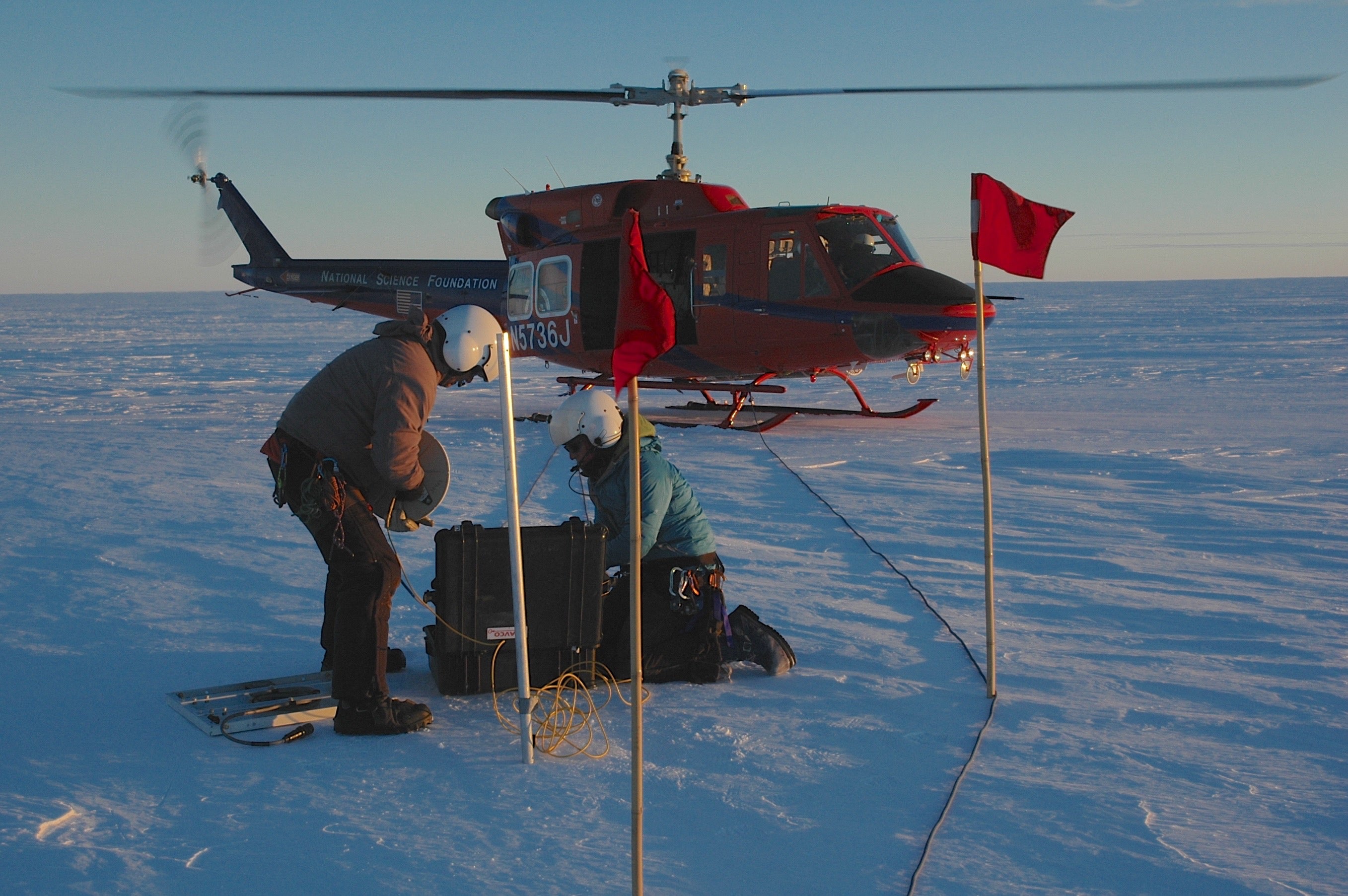
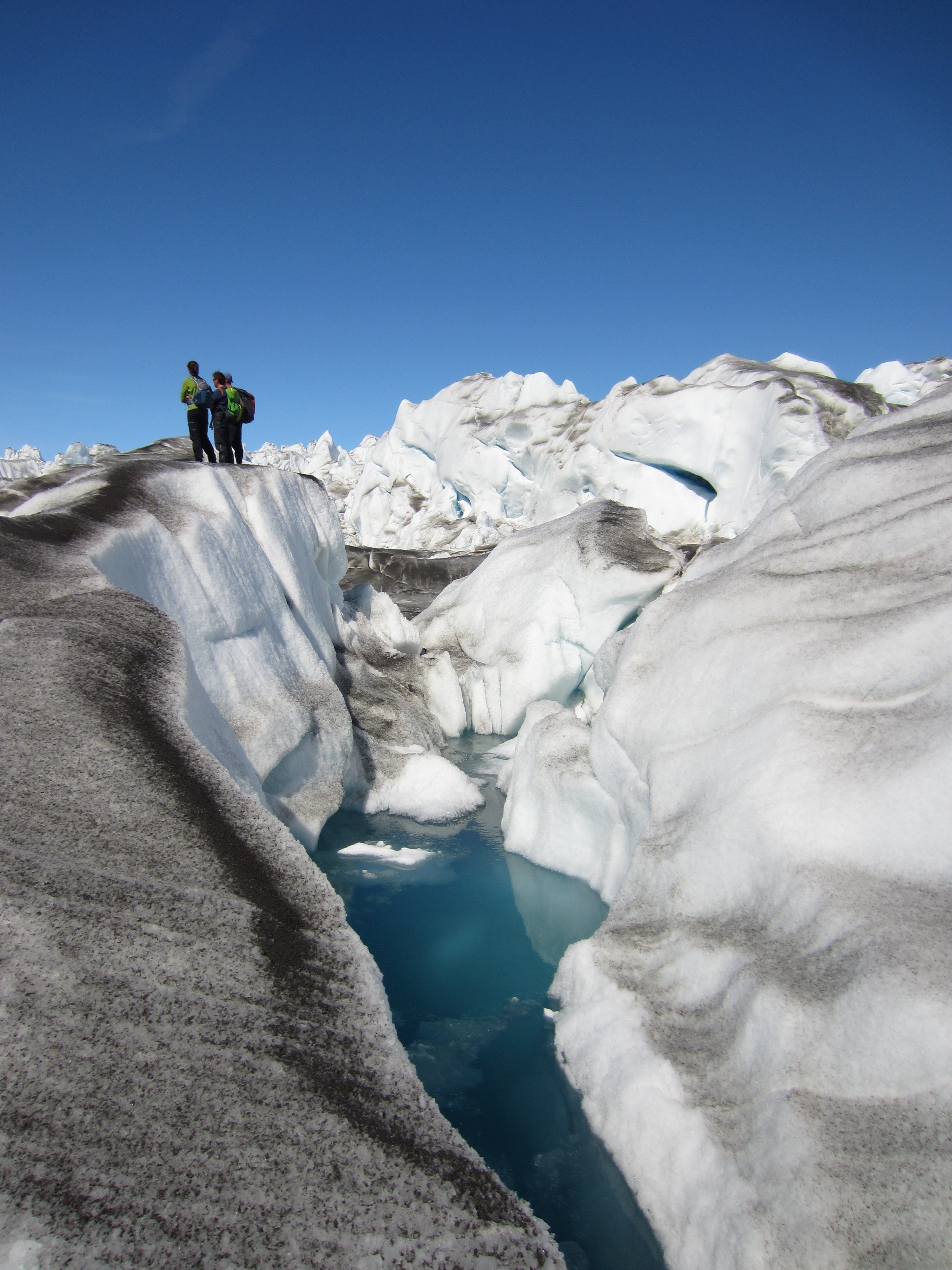
There is concern that changes in surface melting promote crevasse deepening, allowing more relatively warm water to get into and beneath the glacier. This water warms the ice can cause it to slide faster over the underlying rock, accelerating its flow into the ocean.
Why is it important to understand glaciers?
Even if you don’t live near a glacier, and most of us don’t, glacier loss can have a profound influence on our lives. In coastal regions, people are primarily concerned about sea-level rise. In regions where streams are fed by glacier melt, people are really concerned about water resources.
I’d argue that we should all be concerned, however, because glaciers have a big influence on the climate system. Shrinking glaciers can influence global ocean
circulation (see above), which strongly regulates the Earth’s climate. Glaciers are also really reflective, so glacier loss means that the Earth will reflect less of the Sun’s radiation, increasing global air temperatures.
Where did you learn to communicate, and why do you think it’s important for scientists to be able to talk about their work to a variety of audiences?
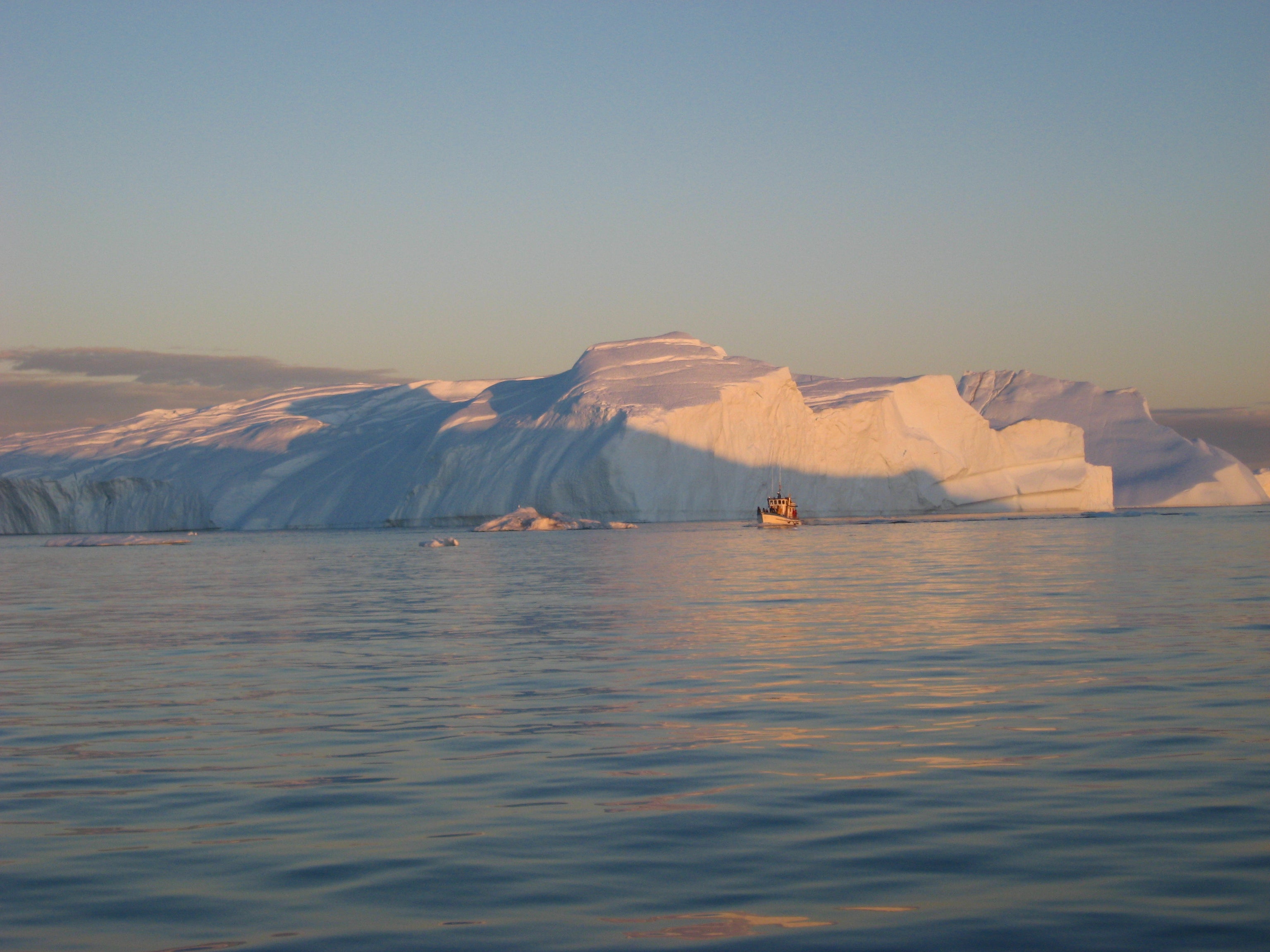 A large iceberg floats just off shore outside of the town of Ilulissat in western Greenland. This iceberg is likely at least a mile wide and sticks out of the water by at least half a football field in length. The full thickness of the iceberg may be over half a mile.
A large iceberg floats just off shore outside of the town of Ilulissat in western Greenland. This iceberg is likely at least a mile wide and sticks out of the water by at least half a football field in length. The full thickness of the iceberg may be over half a mile.I actually have no formal background in science communication despite being very passionate about the subject. Part of the reason why I use so many analogies when I talk about glaciers is because I really struggle with concepts if I can’t visualize them. By relating things that may be really abstract – after all, how many people have even seen a glacier? – to more common examples, I hope that people can get a better intuitive feel for some of the things I talk about. I’ve been told this is a physicist’s approach. I also give my husband a lot of credit for helping me gauge levels of difficulty in science communication.
My husband, Pete, is a middle school science teacher. He’s had me come speak to his students a lot over the past ~10 years and always provides really constructive feedback. He has said that I was initially way over the heads of his students but that I’ve gotten much better at tailoring my message to different audiences with practice. I think that effective science communication is super important, and I’ve worked at it a lot, in a large part because I want to inspire underrepresented groups to pursue scientific careers.
Most scientific disciplines still have a diversity problem. That means we aren’t able to tackle some of the biggest scientific challenges to our best ability because we may be excluding valuable, different viewpoints from scientific research. I hope that by talking to younger generations about cool and societally relevant science, they’ll become inspired to become scientists.
What do you like to do in your free time?
I have a two-year-old son at home so a huge portion of my life outside of work focuses on doing fun activities with my little guy. Fortunately, my husband and I have been raising him to love the outdoors, so he regularly goes on runs (in the jogging stroller) and hikes (he walks/runs some of the way, and gets back-packed the rest) with us. When I don’t have the jogging stroller, the younger of my two labs often runs with me.
I also took up knitting about 2 years ago and I have made a bunch of blankets hats, and scarves, including an octopus hat and a mouse scarf for my son. I also really enjoy baking and watching the ‘Great British Baking Show.’ I’d love to start getting more creative with my baking like the folks on that show!
Read more about Ellyn Enderlin’s work on her Department of Geosciences faculty page